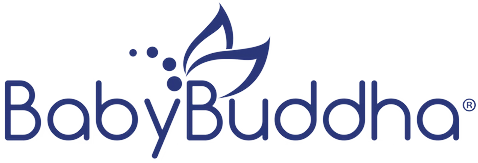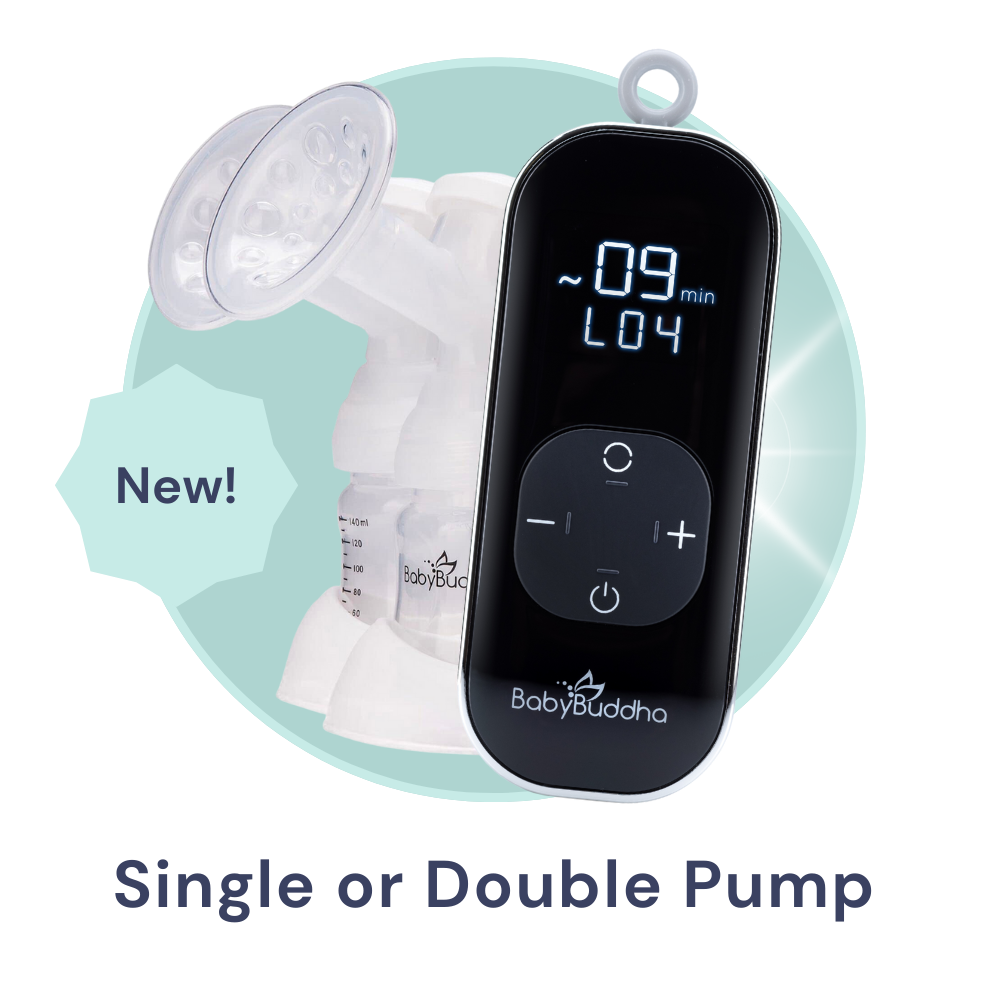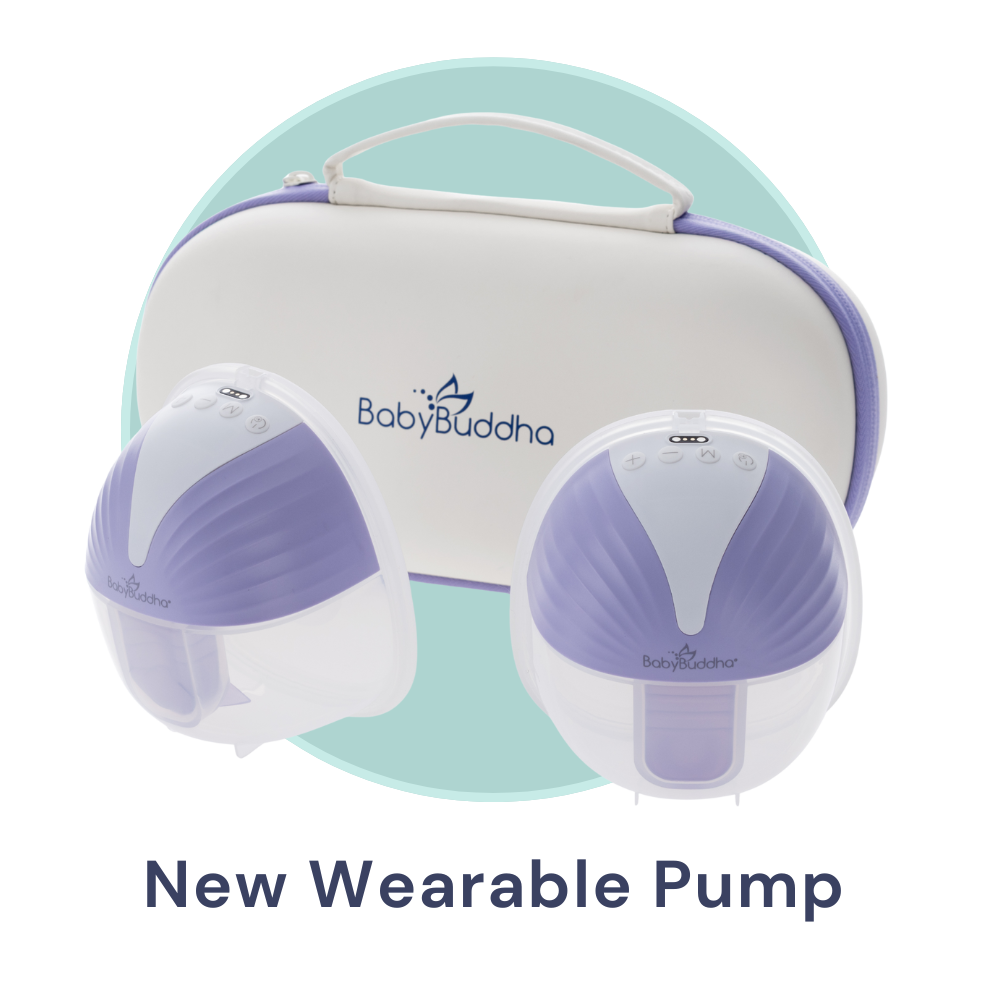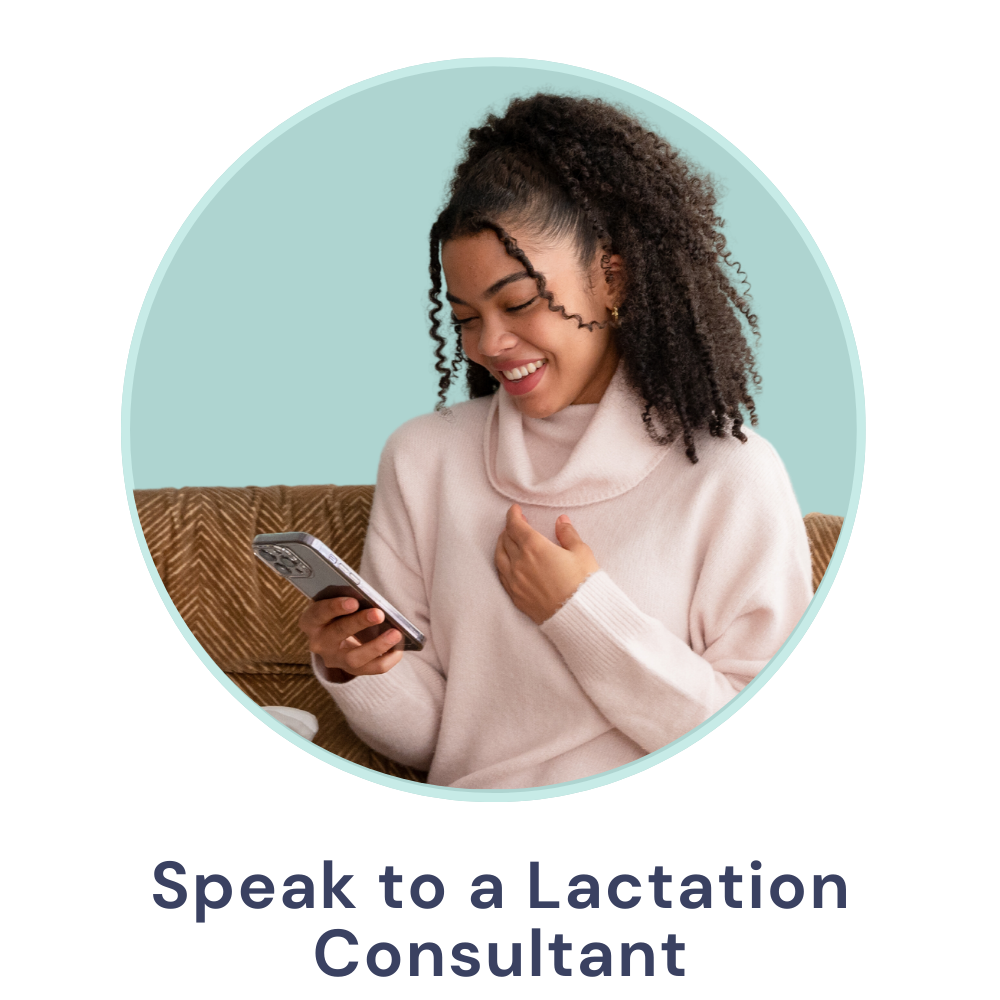Hiya, Mom!
We know. Breast pumps are expensive (the good ones, anyway), but did you know that you can get a great breast pump completely FREE through health insurance—including the BabyBuddha 2.0?! 😉
Thanks to the Affordable Care Act, most insurance plans (including Medicare!) are required to cover the cost of a breast pump for new moms. 💃
So how does it all work? Let’s break it down so you can confidently navigate the process and get the perfect pump for you and your baby.
What even is a DME?
DME stands for Durable Medical Equipment, which is a fancy term for medical supplies your insurance will help cover. Often offered through a DME (and covered by insurance) are breast pumps, pumping accessories, and even resupply items like breastmilk storage bags and tubing!
DMEs work directly with insurance companies to ensure you get the benefits you’re entitled to, and they make the process as smooth as possible so you don’t have another thing to worry about. You’ve got enough on your mind, friend!
💡 Here’s some tips:
-
It’s best to place your breast pump order around the start of your third trimester!
While you’re probably eager to check this off your list, filing a claim too soon—like in your first or second trimester—might result in a denial.
But don’t wait too long! Processing can take time, and you’ll want your pump ready to go (preferably unpacked and sanitized) when your baby arrives. Trust us, figuring it all out before your sweet little bundle starts stealing your sleep.
-
You’ll need a prescription.
DMEs require a prescription from your doctor to process your order. During your next prenatal visit, be sure to let your OB or midwife know that you’ll need one. DMEs often prefer to work directly with your provider to obtain the prescription, though, which is another great way they’ll work on your behalf to make the process as simple as possible!
-
Choose the right pump.
Your breast pump is an essential tool in your feeding journey, so make sure to choose one that meets your needs.
Primary Pump: For most moms, a full-strength pump is the best option as their main, go-to pump. They’re powerful, efficient, and designed to support milk production long-term.
Wearable Pump: While some moms do use wearables as their primary pumps without issue, they often have limitations in power and milk output compared to your primary pump. If you want a wearable, you could consider adding it to your registry.
And…good news! The BabyBuddha combines the best of both worlds! 😉
It’s compact, lightweight, and rechargeable, making it easy to pump anywhere, including on the go and It’s powerful enough to support your milk supply, even for exclusive pumpers!
Ready to Get Started?
Contact a DME that works with your insurance. They’ll guide you through the steps to get your prescription, verify your benefits, and help you select your pump.
Pumping is an investment in your baby’s health and your feeding success. Take advantage of your insurance benefits, and find the right pump to help you and your baby thrive.
You’ve got this, friend—and we’re here to help every step of the way!
✨ Follow along with all of our Pumpologist posts to keep learning and empowering your journey!







